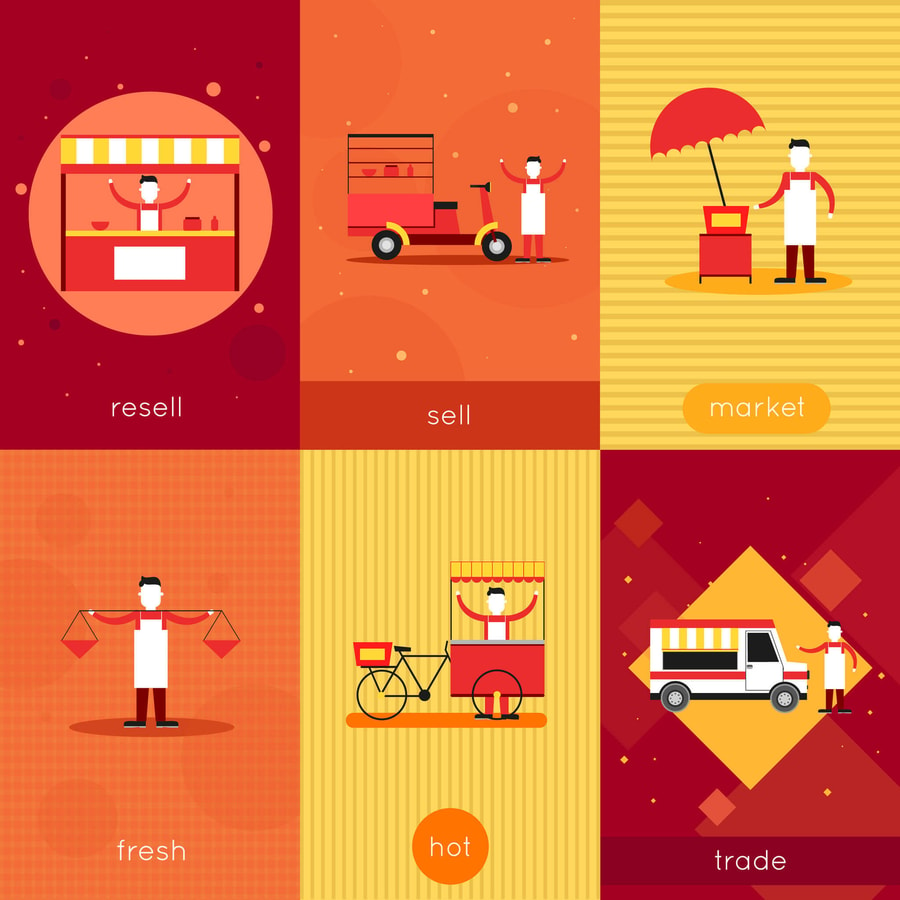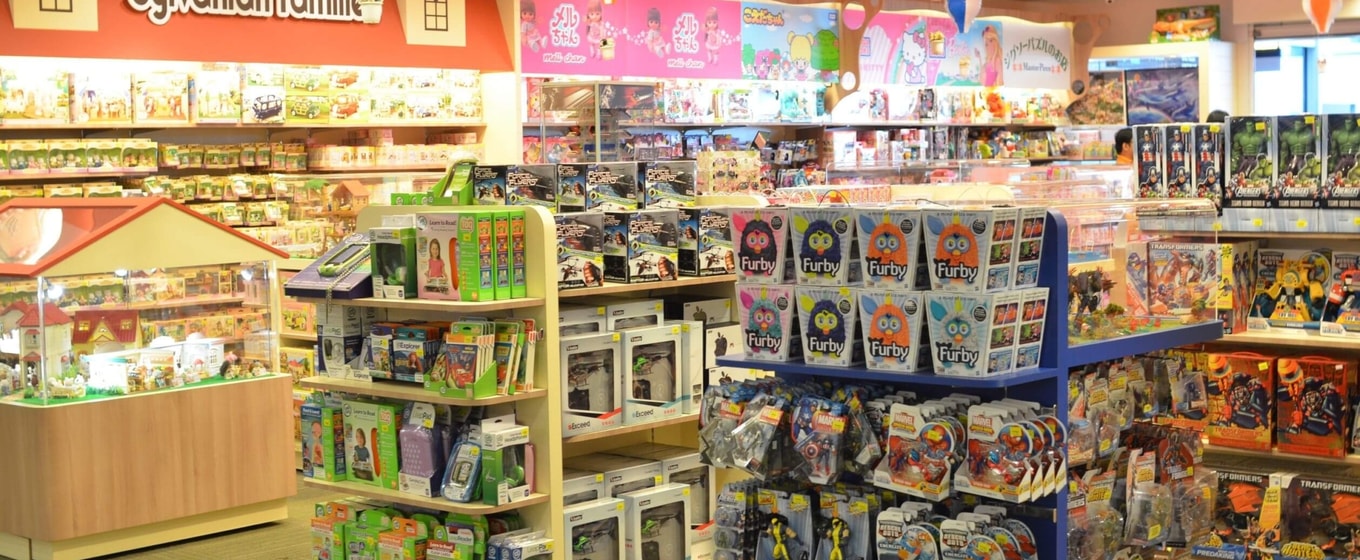To find resellers of your product you need to do extensive research. You should identify potential business partners that perhaps sell products that are similar to, or complement, yours. Much of this research can be done online, through search engines, or networking sites such as LinkedIn.
In-person networking should also be done as people are more likely to agree to a proposal face-to-face. Going to trade shows or joining your local Chamber of Commerce are both possible networking avenues for this. The added benefits of joining your local Chamber of Commerce are that your business will be promoted through the chamber raising its profile in the local community. It’ll give your company more of a platform, through things like newsletters and meetings, and nurture local relationships. Networking is an important part of a Chamber of Commerce membership, so all the people you meet through it have the potential to become customers or drive customers your way, either directly or indirectly.
Other benefits that are part of your membership include business newsletters and discounts on a range of products and services. Both of these could lead to reduced costs and improved business performance.
Also, identify any brand promoters you may have. These are the people who use your product regularly, love it, and shout its praises from the rooftops. Some of these people may believe in your product so much that they’d be willing to become resellers of it.

Usually, retailers will buy products wholesale from you, therefore you don’t pay them anything. However, in some cases you may agree to sell your products through a retailer by consignment. This means you retain ownership of the product until the retailer sells the item on your behalf. Once it’s sold, you pay the retailer a small fee that has been agreed beforehand.
The amount depends on how “hot” your product is, your expenses, and what profit margin you’d like. Often, the retailer will keep 60% and you’ll keep 40%. This is entirely negotiable though, so you should have an extensive discussion with the retailer before they sell your product and a clear idea of your overheads and desired mark-up.






These cookies are set by a range of social media services that we have added to the site to enable you to share our content with your friends and networks. They are capable of tracking your browser across other sites and building up a profile of your interests. This may impact the content and messages you see on other websites you visit.
If you do not allow these cookies you may not be able to use or see these sharing tools.